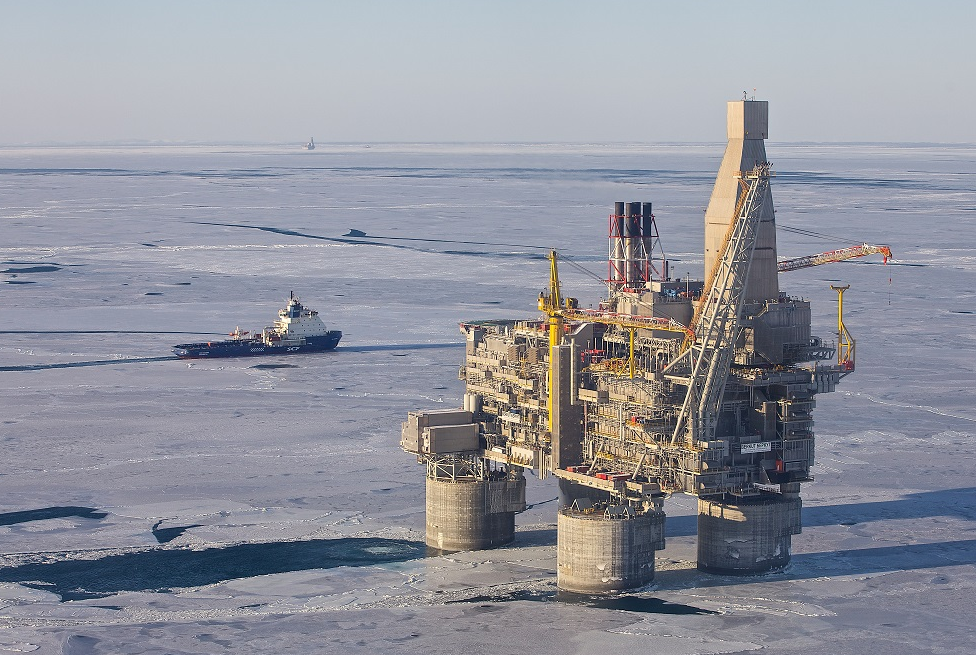Russian oil production to drop by 70,000 barrels a day in 2015 – OPEC

Given the impact of sanctions, low prices and the absence of any large projects expected to come on-line, oil production in Russia will drop in 2015 by 70,000 barrels a day, a report from OPEC projects.
At the same time, production at Bashneft’s Arctic fields in the Nenets Autonomous Okrug is going up.
Though Russia plans to maintain production above 10 million barrels a day, it may fall in the coming years if oil prices remain around $50 a barrel for an extended period of time, the Organization of the Petroleum Exporting Countries (OPEC) said in a monthly report on Monday. Production is estimated to fall by 70,000 barrels a day, while oil exports will drop by 60,000 barrels a day, according to the report, TASS writes.
At the same time, some companies like Bashneft have continued to see steady growth in their output, with production increasing by 15.1 percent on the year to 382,000 barrels a day in January. This has been due mainly to the doubling of production at the Trebs and Titov oilfields in the Nenets Autonomous Okrug.
In a recent revision of the Trebs and Titov fields the auditing company Miller and Lents almost quintupled proved oil reserves, reaching 104.9 million barrels. Total reserves of the fields as of were estimated at 271.7 million barrels, which is 3.3 times higher than the corresponding figure one year ago, Oil and Gas Eurasia writes.
Production Trebs and Titov fields in the Russian Nenets Autonomous Okrug waslaunched in August 2013. Oil from the fields is exported through Lukoil`s Varandey terminal on the coast of the Pechora Sea. The terminal has a capacity of 12 million tons per year.
Related stories from around the North:
Canada: Stymied in the Lower 48, Alberta floats idea of moving tar-sands oil through Alaska, Alaska Dispatch
Greenland: #SavetheArctic… from Greenpeace, Blog by Heather Exner-Pirot
Iceland: From Arctic Circle 2013-2014, a big drop in the price of oil, Blog by Mia Bennett
Norway: ‘Arctic oil is incommensurate with 2ºC target:’ WWF, Barents Observer
Russia: Deteriorating relations with Russia shouldn’t affect Barents drilling: Norway, Barents Observer
United States: Arctic standards won’t be ready for Shell’s return, Alaska Dispatch



